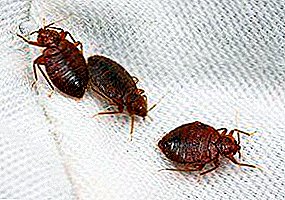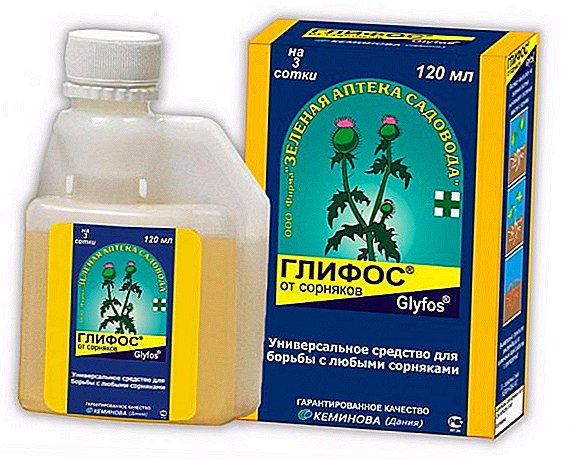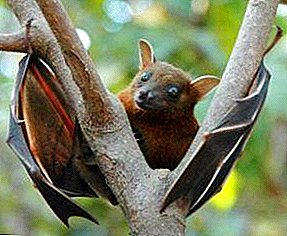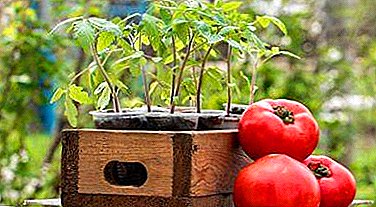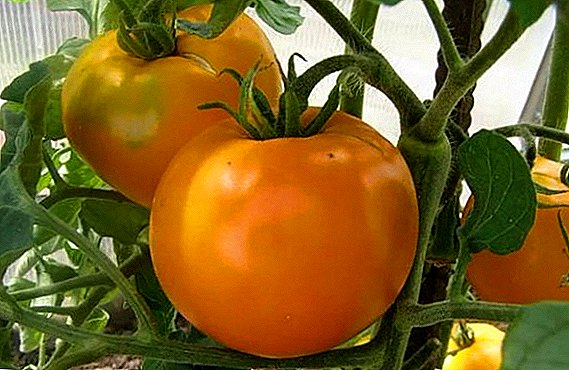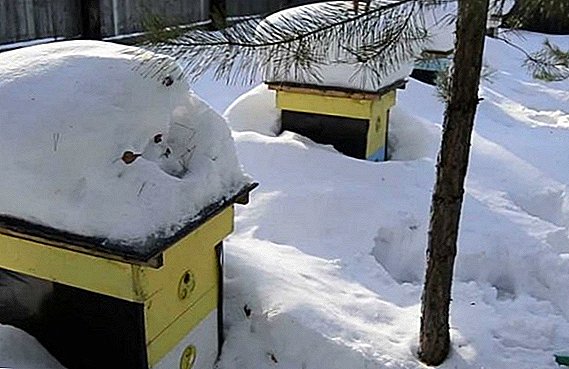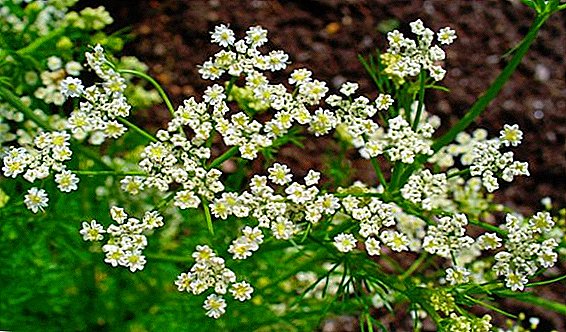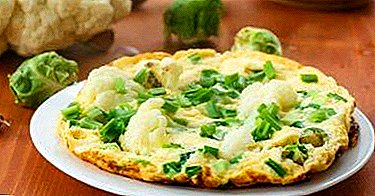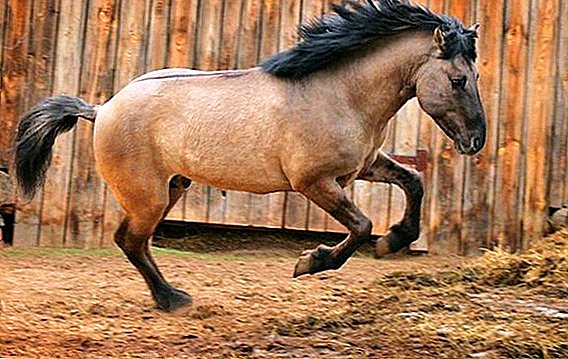 Considering various breeds of horses, one cannot help but pay attention to Bashkir horses, which since time immemorial have served man. What kind of animals they have, what advantages they have and what they should know about caring for them - we will tell you in this article.
Considering various breeds of horses, one cannot help but pay attention to Bashkir horses, which since time immemorial have served man. What kind of animals they have, what advantages they have and what they should know about caring for them - we will tell you in this article.
The origin of the breed
The development of the breed goes back several centuries, and in the veins of its representatives blood flows both from the local horses of Bashkiria and from the animals that the nomadic tribes of the Turks transferred through its territory. They were especially popular in the XVII-XVIII centuries.  Many believe that the modern Bashkir breed is an intermediate option between steppe and forest horses, which was formed without human intervention. Natural selection of animals in a harsh continental climate has become the main reason for the high endurance and comparative unpretentiousness of these horses.
Many believe that the modern Bashkir breed is an intermediate option between steppe and forest horses, which was formed without human intervention. Natural selection of animals in a harsh continental climate has become the main reason for the high endurance and comparative unpretentiousness of these horses.
Did you know? In 1971, the Americans brought several representatives of Bashkir horses to the States and registered their own breed there - the American Bashkir curly.
Description and Features
Bashkir horses will surely be liked by lovers of strong and respectable animals, which are equally well suited for both agricultural and other types of work.
Appearance
The exterior of the Bashkir horses makes them very noticeable and even muscular against the background of many of their relatives. These animals have a strong body, with a slightly lowered croup, low withers and a straight back. The legs are short, but very strong, the hooves are strong and strong, and therefore the pillow is not necessary.
Located on a short and thick neck, the head stands out with a broad forehead and a straight profile. It is formed quite rough.  As for the specific parameters of the body, they are:
As for the specific parameters of the body, they are:
- stallions, as always, are larger than mares and in adulthood can weigh 450-470 kg;
- females are a bit more modest in these indicators and reach only 400-420 kg;
- average height at withers - 1.38-1.45 m, and chest girth is about 1.67-1.75 m;
- the length of the trunk is approximately 143-147 cm.
The hair of the animals curls a little, and this is best seen in the winter, when the horses become almost completely curly, and the length of the hairs is shortened.
Important! Due to such features, all members of the breed easily tolerate temperature drops, down to -40 ° C, and even significant snow drifts will not be a problem for them.
The appearance of the mane and tail also changes throughout the year: in the summer they become much thinner, and with the onset of cold weather, the hair grows again.
Suits
The coat color of the Bashkir horses can be the most diverse: red, black, black, gray and even Chubar, and all variants of savors and stripes with the cremello gene are not excluded. In the latter case, the dun and solo color is considered especially valuable. 
Character
Bashkir horses have always been distinguished by a stable psyche and docile temperament, and if you apply a little energy, then it is quite possible to bring up neat and faithful animals who are always ready to cooperate with their owner.
Taming these horses does not take much time, because they demonstrate good learning ability, dedication and high performance. To encourage his ward, a host can treat him with fresh apples, carrots or lump sugar, which are perceived by animals as a delicacy.
Important! Bashkir horses are not shy. They will not turn off the road when meeting with a car or a tractor and will not run away with harsh sounds of salutes or any other stimuli.
If the owner wishes, horses can be trained to ride, but the sooner lessons start with a young animal, the more productive they will be.
Advantages and disadvantages
Each breed has its own advantages and disadvantages, therefore, when making a decision on acquiring a Bashkir horse, it is important to know about its pros and cons.
The positive qualities include the following:
- excellent health;
- unpretentiousness in feed;
- strong hooves that do not require a horseshoe;
- self-maintenance of the body;
- a well-developed instinct of self-preservation (it will not be possible to drive a horse into the swamp, and to make it gallop before the heart stops too);
- the possibility of grazing on a leash (entangled in the ropes, this horse will not cut its legs, and will quietly wait for the help of the owner);
- wide and free pitch and gallop, as well as small lynx when running, which is very convenient when traveling long distances.
 As for the characteristic deficiencies of the representatives of the breed, it is first of all worth highlighting:
As for the characteristic deficiencies of the representatives of the breed, it is first of all worth highlighting:- the possibility of using only an experienced rider who has no fear when riding (sensing the slightest uncertainty of the rider, the horse can immediately throw it off or just make the ride unbearable);
- knowing that it will be punished, the horse will not succumb to any provocations, even if it has been punished only once (in some cases a violation of the "rules of conduct" is required, which representatives of this breed are unlikely to achieve);
- the impossibility of using cramped and stuffy stables due to the constant pollution of the litter (it is difficult for the steppe horses to explain that they should not be crushed)
- when walking on a pasture, the animal will never refuse to dump in a muddy puddle, as their ancestors did just that, protecting themselves from the steppes of blood-sucking insects;
- the inability to use in professional equestrian sports, because if the horse does not want to jump over the barrier, then the rider can not get her to do it.
Otherwise, if the existing defects of the breed do not frighten you, you can safely buy the Bashkir horse and use it in your needs.
Did you know? It is believed that the first horse on our planet was an animal weighing only 5 kg and no more than 35 cm tall. Zoologists called it Eo-Kippus, and judging by the remains found, it lived on Earth more than 60 million years ago.
Scope of application
In the old days, the described horses were actively used in the formation of Bashkir troops (for example, in 1812), because their courage and determination, ease of control and assertiveness allowed the rider to deliver targeted blows at the enemy.  In peacetime, these horses were actively used in agriculture, which left their mark on the peculiarities of their appearance: animals have a well-developed backbone and there is no manifestation of excessive dryness of the body.
In peacetime, these horses were actively used in agriculture, which left their mark on the peculiarities of their appearance: animals have a well-developed backbone and there is no manifestation of excessive dryness of the body.
Currently, the main sphere of application of representatives of the Bashkir breed is the production of meat and koumiss, because of which they are often bought directly from herds. They quickly get used to the new owner and with proper care can be completely manual.
Sometimes Bashkir horses are still used for riding, but for this purpose they can serve only in schools where horsemen rarely change, otherwise the animal will simply refuse to obey and will drop the rider.
Such types as Andalusian, Trakehner, Karachai, Tinker, Friesian, Orlov trotter are also suitable for riding.
Conditions of detention and care
For a comfortable feeling and good mood of the animal, the owner needs to comb it daily, monitor the condition of the hooves and teeth.
The main "helpers" in this business will be:
- brush;
- soft fabric;
- crest;
- hoof hook;
- groomer.
The horse’s morning should always begin with hygienic procedures, wiping the eyes and nostrils with a damp, clean cloth, and combing the hair with a soft brush. Before saddling your horse, be sure to brush off its tail and mane, removing dead skin particles and dried dirt from the coat.  On hot summer days it is useful to bathe a horse in small reservoirs with an even and dense bottom. The regularity of this procedure is 2-3 times a week. After 10-15 minutes of being in the water, you can take the animal to the shore and gently hold it along the coastline until the wool dries.
On hot summer days it is useful to bathe a horse in small reservoirs with an even and dense bottom. The regularity of this procedure is 2-3 times a week. After 10-15 minutes of being in the water, you can take the animal to the shore and gently hold it along the coastline until the wool dries.
Hoof cleaning involves the following actions:
- Squeeze the horse's leg along the tendon (slightly above the knee) and bend it.
- Holding the hoof with one hand, with the second hand, remove all the stuck debris (for convenience, a special hook is used).
- Gently push the clean hoof back into place.
- Clean up other hooves in the same way.
It is impossible to cope with a horse horseshoe yourself, because if you do not calculate the size of the nails, the animal can get serious damage, sometimes incompatible with life. To avoid this, it is better to entrust the matter to professionals.
Important! The volume of feed depends on the loads on the animal and the stage of its growth. So, young and hard-working individuals will need much more nutritious food than mature horses used for infrequent riding.
Feeding ration
A balanced diet is one of the most important conditions for well-being and high performance of the horse, so it is important to know what to feed and in what quantities.  An approximate ration for one adult (with a lack of fresh green fodder) looks like this:
An approximate ration for one adult (with a lack of fresh green fodder) looks like this:  Foal mares and individuals engaged in heavy activities, daily ration review and increase the number of products issued: dry matter by 2-3 kg or 4-6 kg, respectively. The main thing is to keep animals in shape and not lose weight.
Foal mares and individuals engaged in heavy activities, daily ration review and increase the number of products issued: dry matter by 2-3 kg or 4-6 kg, respectively. The main thing is to keep animals in shape and not lose weight.  It is useful to add oats, bran, corn, soybean meal and monocalcium phosphate to the menu of young horses.
It is useful to add oats, bran, corn, soybean meal and monocalcium phosphate to the menu of young horses.
With the right approach to the selection, training and organization of the conditions of maintenance of the Bashkir horse breed will be excellent assistants in agricultural affairs.


